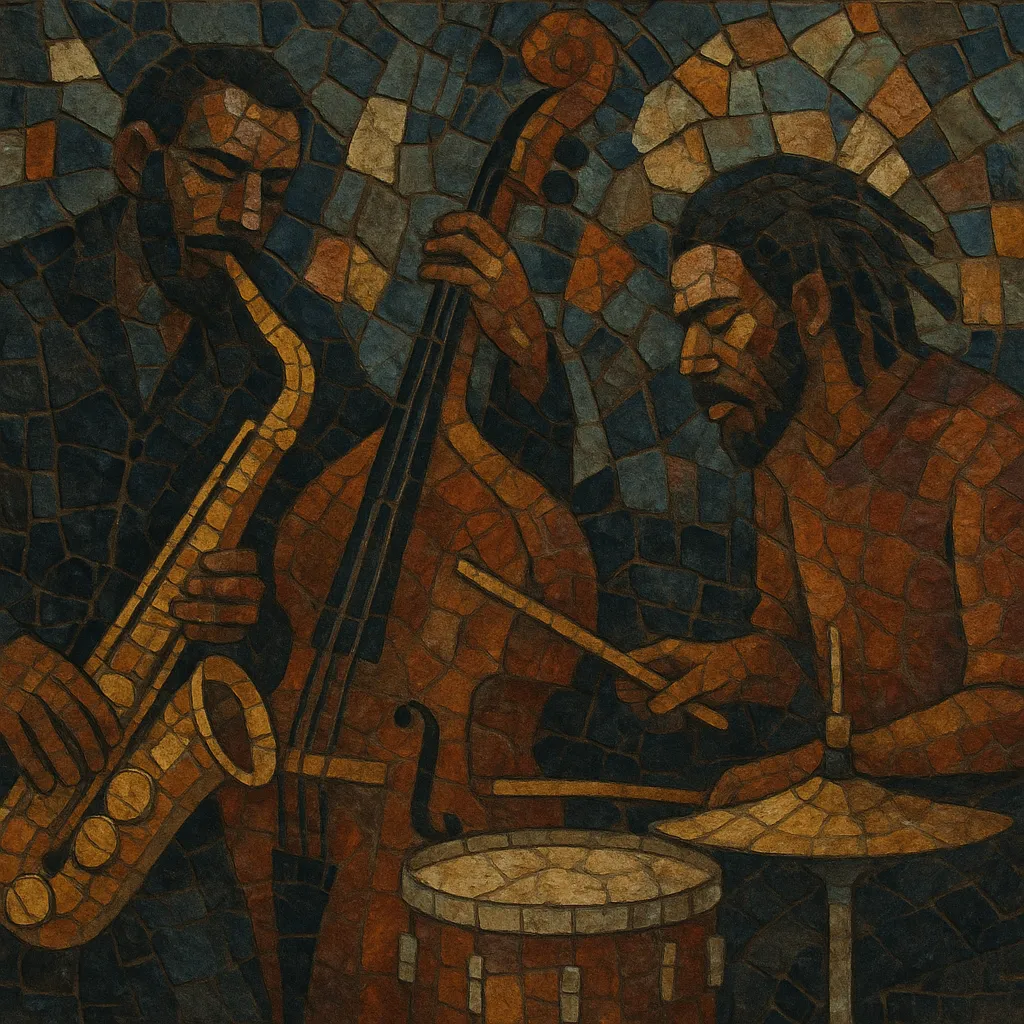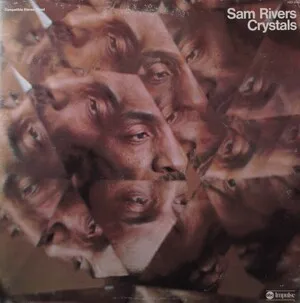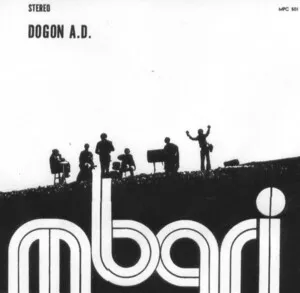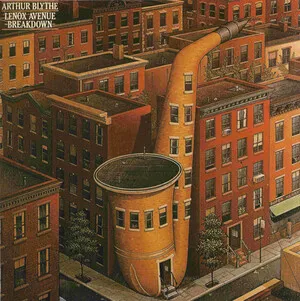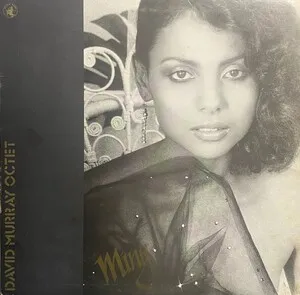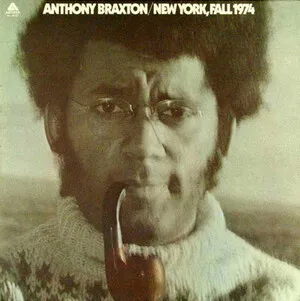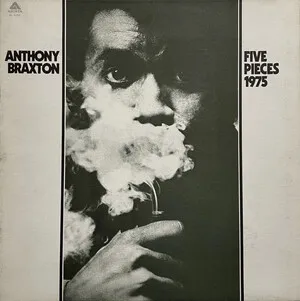Loft jazz refers to a New York City–centered movement in the 1970s where avant‑garde and free jazz musicians presented music in artist‑run lofts and alternative spaces, especially in SoHo and Tribeca. These DIY venues fostered long-form improvisation, experimental forms, and community-driven presentation outside the shrinking commercial jazz club circuit.
Sonically, loft jazz ranged from fiery free improvisation to spacious, contemplative textures, often blending post‑bop structures with open, modal, and atonal approaches. It was characterized by collective improvisation, extended techniques, and a willingness to incorporate influences from funk, world traditions, and contemporary classical ideas—all within intimate, acoustically raw spaces.
As New York’s traditional jazz club scene contracted in the late 1960s and early 1970s, musicians carved out their own performance spaces in downtown lofts. Venues like Sam Rivers’ Studio Rivbea, Rashied Ali’s Ali’s Alley, Environ, Ladies’ Fort, and others became hubs for experimentation. The informal setting encouraged longer sets, adventurous programming, and flexible ensembles that pushed beyond club‑friendly norms.
Loft jazz drew from free jazz and avant‑garde jazz while remaining open to post‑bop heads, modal frameworks, and groove‑based episodes. The music emphasized extended techniques (multiphonics, overblowing, prepared piano, arco effects), collective interplay, and elastic rhythm—from free pulse to swinging time and occasional funk undercurrents. The scene functioned as an artist‑run ecosystem: musicians organized festivals (e.g., the Rivbea/NY Musicians’ Jazz Festival), recorded on independent labels, and built a creative network that welcomed AACM and BAG affiliates as well as New York–based players.
By the late 1970s, the loft circuit had become a crucible for new leaders and ensembles (e.g., Air, David Murray’s groups). Rising downtown rents and shifting cultural economies gradually curtailed the abundance of loft venues, but the aesthetic—and many of its artists—moved into other spaces and labels, shaping the 1980s “modern creative” current and impacting the broader Downtown music scene.
Loft jazz cemented a model of artist autonomy and experimental openness that influenced subsequent generations. Its imprint is audible across modern creative jazz, Downtown/No Wave intersections, later experimental and noise‑tinged rock, and globally in independent, community‑driven improvising scenes.
Use small to mid‑sized acoustic ensembles centered on saxophones, trumpet, bass, drums, and piano; add flute, clarinets, violin, guitar, or cello for timbral breadth. Maintain flexible instrumentation to encourage collective improvisation.
Alternate concise themes (“heads”) with open improvisation. Employ modular cueing and open forms that allow spontaneous reordering, entrances, and exits. Plan long arcs—20 minutes or more—so motives can evolve organically.
Blend post‑bop language with modal, polytonal, or atonal passages. Write singable heads that can fracture into intervallic play or textural soundscapes. Use pedal points, drones, or unpitched textures to frame free episodes.
Fluid time is central: move between free pulse, swinging ride‑cymbal time, rubato, and intermittent funk or Latin vamps. Encourage rhythmic dialogue—drum and bass should shape form, not just time‑keep.
Invite collective improvisation and dynamic contrast. Explore extended techniques (multiphonics, altissimo, prepared piano, harmonics, bow pressure changes). Develop motives and respond to room acoustics—lofts reward nuance, resonance, and spatial interplay.
Embrace a DIY ethos: intimate venues, minimal stage separation, natural acoustics. Consider live recording to capture the immediacy and communal energy that define the style.

